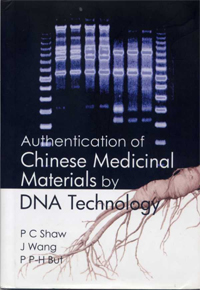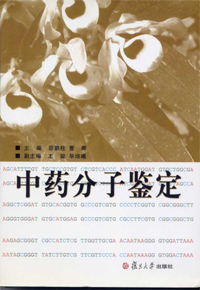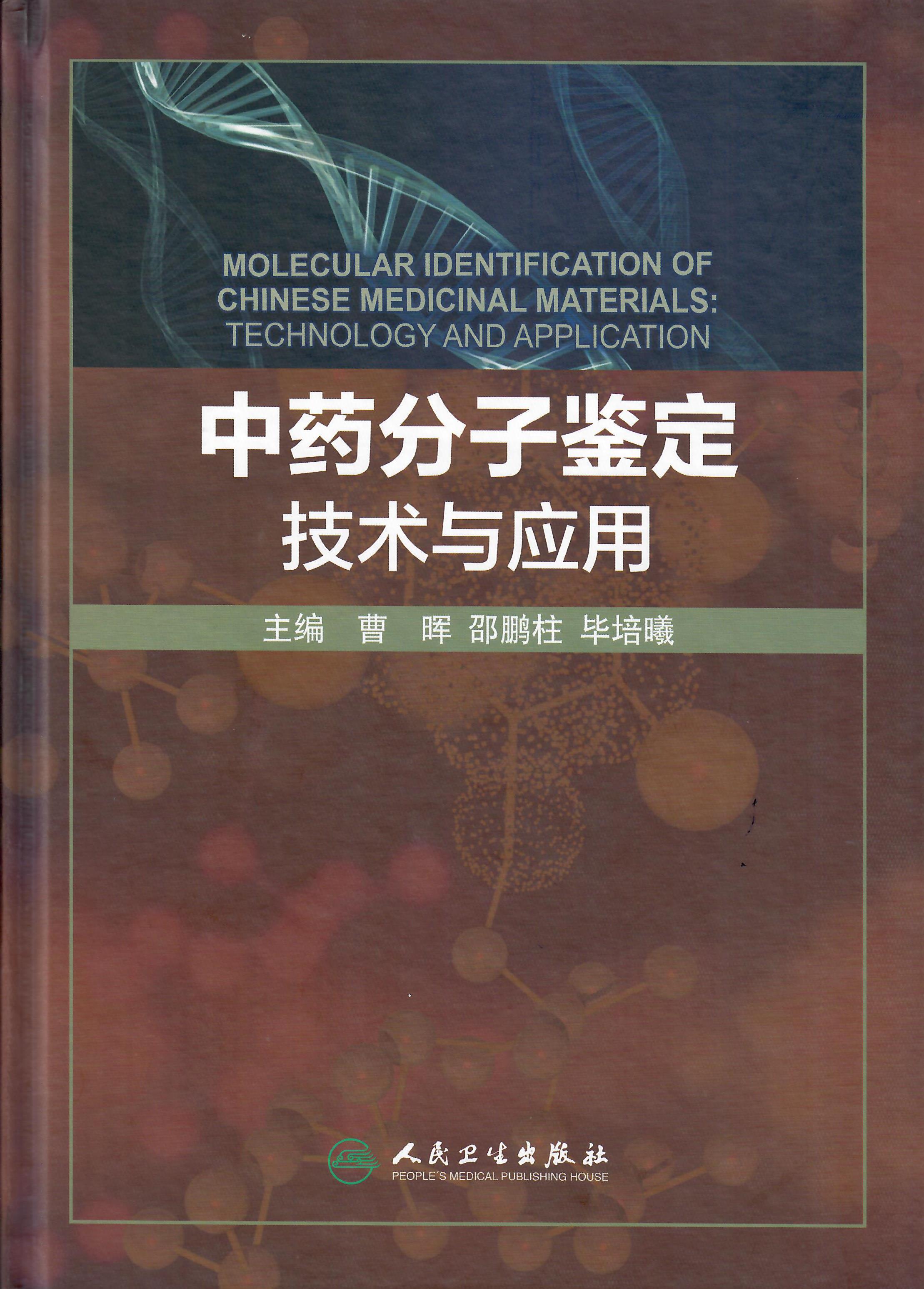| |
|
|
|
 Authentication and Quality Control of Chinese Medicinal Materials by Combined Molecular and Chemical Approaches Authentication and Quality Control of Chinese Medicinal Materials by Combined Molecular and Chemical Approaches |
|
This project, carries out at the Institute of Chinese Medicine, involves the combined use of both molecular and chemical approaches to authenticate high-valued medicinal materials which are commonly found adulterated or derived from endangered species. The molecular approach employs polymerase chain reaction, DNA array and DNA sequencing on selected fresh and dried samples. The chemical approach involves identification of distinctive components or chromatographic patterns of a species.
The combined DNA and chemical methods have wide application in upgrading and controlling the herbal industry for which Hong Kong is one of the major entrepots. The fingerprints and sequences are useful to researchers, herbal industry and law enforcing agencies. The results also help conservationists to pinpoint and avoid unnecessary exploitation of endangered species.
Our research has been rated as 'Excellent' by the Research Grants Council of Hong Kong, SAR. We have also obtained three US patents and two Chinese patents for some molecular technologies and published two books, one in Chinese and one in English, in the molecular authentication of Chinese Medicinal Materials. The English book is the first international reference in the field.
Major projects at present include: (1) to construct the first DNA database for barcoding Chinese medicinal materials and (2) to establish protocols for the quality control of selected medicinal materials and their products.
|
|
 Recent Publications: Recent Publications:
|
- Li, M., Au, K.Y., Lam, H., Cheng, L., Jiang, R.W., But, P.P.H. and Shaw, P.C. (2012) Identification of Baiying (Herba Solani Lyrati) commodity and its toxic substitute Xungufeng (Herba Aristolochiae Mollissimae) using DNA barcoding and chemical profiling techniques. Food Chem. 135: 1653-1658.
- Li, M., Wong K.L., Chan, W.H., Li, J.X., But, P.P.H., Cao, H. and Shaw, P.C. (2011) Establishment of DNA barcodes for the identification of the botanical sources of the Chinese ‘Cooling’ Beverage. Food Cont. 25: 758-766.
- Li, M., Zhang, K.Y., But, P.P.H and Shaw, P.C. (2011) Forensically informative nucleotide sequencing (FINS) for the authentication of Chinese medicinal materials. Chin Med. 6: 42.
- Li, M., Cao, H., But, P.P.H. and Shaw, P.C. (2011) Identification of herbal medicinal materials using DNA barcodes. J. System. Evol. 49: 271-283.
- Lou, S.K., Wong, K.L., Li, M., But, P.P.H., Tsui, S.K.W. and Shaw, P.C. (2010) An integrated web medicinal materials DNA database: MMDBD (Medicinal Materials DNA Barcode Database). BMC Genomics. 11:402.
- Shaw, P.C., Wong, K.L., Chan, A.W., Wong, W.C. and But, P.P.H. (2009) Patent applications for using DNA technologies to authenticate medicinal herbal material. Chin. Med. 4: 21.
- Zhou, Y., Jiang. S.Y., Ding, L.S., Cheng, S.W., Xu, H.X., But, P.P.H. and Shaw, P.C.(2008) Chemical fingerprinting of medicinal plants "Gui-jui" by LC-ESI multiple-stage MS. Chromatographia 68: 781-789.
- Chen, F., Chan, H.Y.E., Wong, K.L., Wang, J., Yu, M.T., But, P.P.H. and Shaw, P.C. (2008) Authentication of Saussurea lappa, an endangered medicinal material, by ITS DNA and 5s rRNA sequencing. Planta Med. 74: 889-892.
- Sham, K.C., Chen, F., Li, S.L., But, P.P.H. and Shaw, P.C. (2007) Authentication of Radix Aucklandiae and its substitutes by GC-MS and hierarchical clustering analysis. J. Separat. Sci. 30: 3233-3239.
- Qiao, C.F., He, Z.D., Han, Q.B., Xu, H.X., Jiang, R.W., Li, S.L., Zhang, Y.B., But, P.P.H. and Shaw, P.C. (2007) The use of lobetyolin and HPLC-UV fingerprints for quality assessment of Radix Codonopsis. J. Food Drug Anal. 15: 258-264.
- Zhang, Y.B., Jiang, R.W., Li, S.L., Qiao, C.F., Han, Q.B., Xu, H.X., Wong, K.L., But, P.P.H. and Shaw, P.C. (2007) Chemical and molecular identification of Hong Dangshen, a unique medicinal material for diarrhea in Hong Kong. J. Chin. Pharmaceut. Sci. 16: 202-207.
- Li, S.L., Jiang, R.W., Hon, P.M., Cheng, L., Xu, H.X., Greger, H., But, P.H. and Shaw, P.C. (2007) Quality evaluation of Radix Stemonae through simultaneous quantification of bioactive alkaloids with different structure types by high-performance liquid chromatography coupled with diode array and evaporative light scattering detectors. Biomed. Chromat. 21: 1088-1094.
- Shaw, P.C., Jiang, R.W., Wong, K.L. and But, P.P.H. (2007) Health food and medicine: Combined chemical and molecular technologies for authentication and quality control. In ‘Chapter 20, Authentication of Food and Wine? P305-324, Ed: Ebeler, S.E., Takeoka, G.R. and Winterhalter, P. American Chemical Society, Washington, DC. USA.
- Zhou, Y., Li, S.H., Jiang, R.W., Cai, M., Liu, X., Ding, L.S., Xu, H.X., But, P.P.H. and Shaw, P.C. (2006) Quantitative analyses of indoloquinazoline alkaloids in Fructus Evodiae by high-performance liquid chromatography with atmospheric pressure chemical ionization tandem mass spectrometry. Rapid Comm. Mass Spect. 20, 3111-3118.
- Zhou, Y., Jiang, R.W., Hon, P.M., Xu, Y.T., Chan, Y.M., Chan, T.W.D., Xu, H.X., Ding, L.S., But, P.P.H. and Shaw, P.C. (2006) Analysis of Stemona alkaloids in Stemona tuberosa by liquid chromatography/tandem mass spectrometry. Rapid Comm. Mass Spect. 20: 1030-1038.
- Jiang, R.W., Wong, K.L., Chan, Y.M., Xu, H.X., But, P.P.H. and Shaw, P.C. (2005) Isolation of iridoid and secoiridoid glycosides and comparative study on Radix Gentianae and related adulterants by HPLC analysis. Phytochemistry, 66: 2674-2680.
- Zhang, Y.B., But, P.P.H., Wang, Z.T. and Shaw, P.C. (2005) Current approaches for the authentication of medicinal Dendrobium species and its products. Plant Genet. Res. 3: 144-148.
- He, Z.D., Qiao, C.F., Han, Q.B., Cheng, C.L., Xu, H.X., Jiang, R.W., But, P.P.H. and Shaw, P.C. (2005) Authentication and quantitative analysis on the chemical profile of Cassia bark (Cortex Cinnamomi) by high-pressure liquid chromatography. J. Agric. Food Chem. 53: 2424-2428.
- Sun, Y., Fung, K.P., Leung, P.C. and Shaw, P.C. (2005) A phylogenetic analysis of Epimedium (Berberidaceae) based on nuclear ribosomal DNA sequences. Mol. Phylogenet. Evol. 35: 287-291.
|
|
References on Molecular Authentication of Chinese Medicinal Materials |
|

|
 |
 |

|
|
|
| |
|
|
|